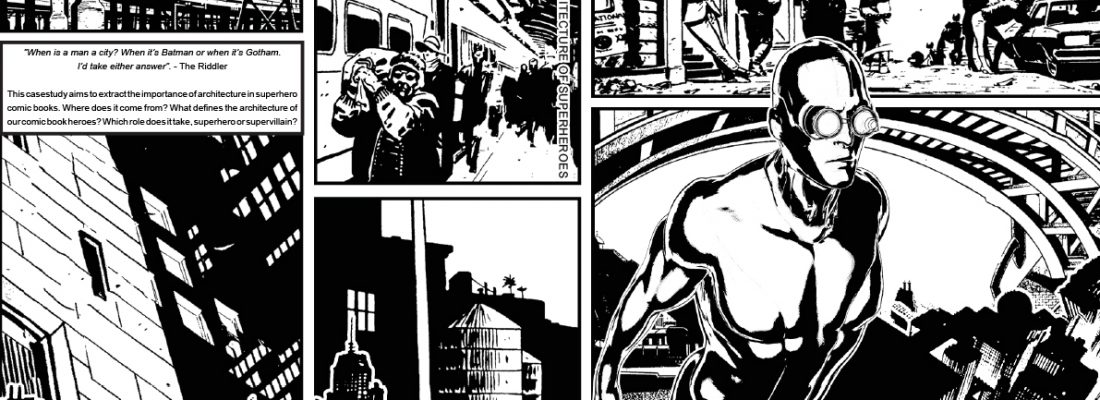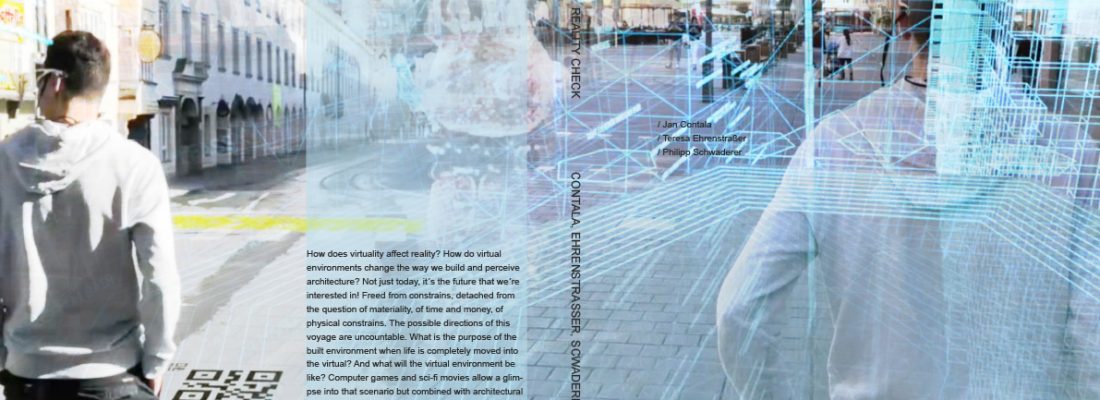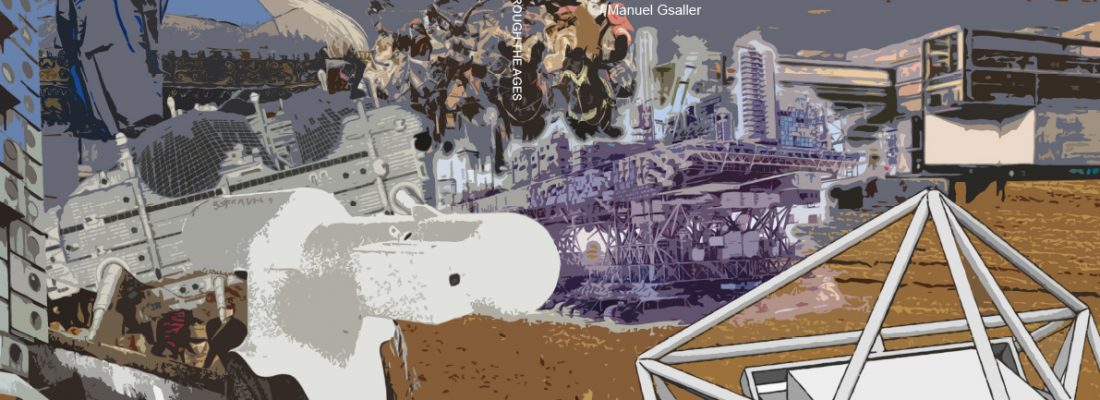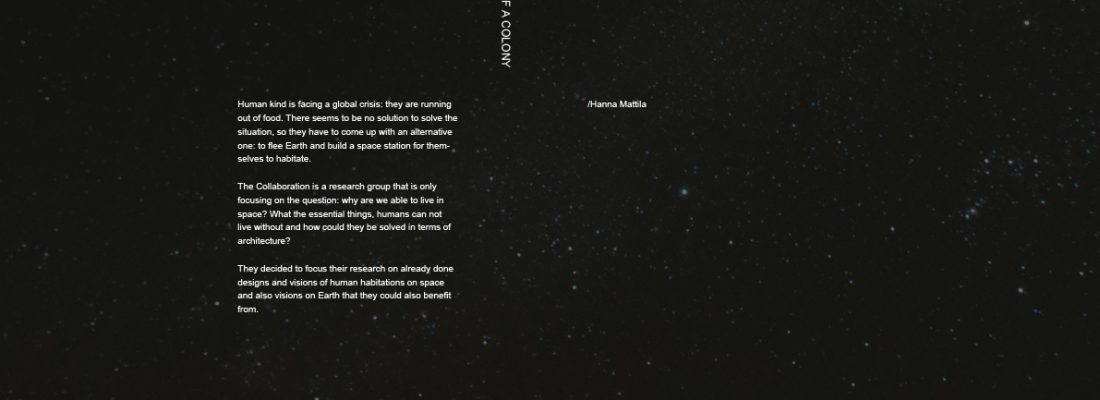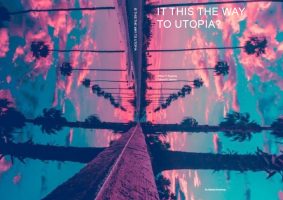
Is this the way to utopia? / Niklas Bugelnig & Tobias Stenico
ONE WAY TO UTOPIA Can you remember the first time you heard about “Utopia”? Is it something like a city or more like a country? Or even another planet? Right! It’s all of it and even more! But to make things clear: In 1516 Sir Thomas More was the first one to use the word […]
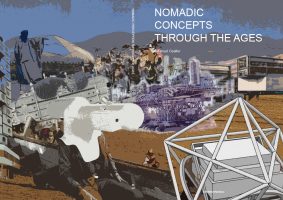
Nomadic Concepts through the Ages / Manuel Gsaller
“The word fit may be defined in the most generous terms imaginable, but it still does not necessarily imply the erection of buildings. Environments may be made fit for human beings by any number of means.” Banham, cited by Langevin, 2008 Nomadism has always been the adaption of societies to a diverse set of environments.This […]
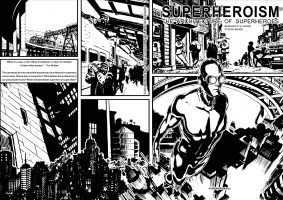
Superheroism / Hofer & Maier
“When is a man a city? When it‘s Batman or when it‘s Gotham. I‘d take either answer”. The Riddler This casestudy aims to extract the importance of architecture in superhero comic books. Where does it come from? What defines the architecture of our comic book heroes? Which role does it take, superhero or supervillain?
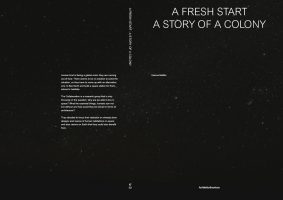
A fresh Start – A Story of a Colony / Hanna Mattila
On the current path of the Colony the day is starting to turn into night. Or to be exact, the day on the planet earth is starting to turn into night and on the colony that means that lights are beeing dimmed into night mode to simulate the cycle of earth. On the Colonys current […]
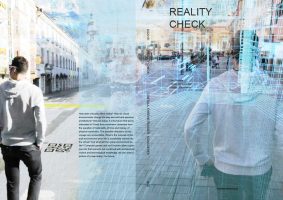
RealityCheck / Contola & Ehrenstraßer & Schwaderer
How does virtuality affect reality? How will virtual environments change the way we build and perceive architecture in the future? Freed from constrains it is already possible to create the wildest forms and virtual buildings of endless complexity within virtual space. The technology to fully experience this in a realistic way is already here. But […]
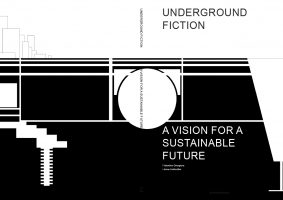
Underground Fiction / Georgieva & Koblmueller
Today technology is predominant almost in every part of our lives, there are areas that are unthinkable without it, but the more we are getting used to it, it seems like the more we are losing ourselves in it and we get easily tempted to the idea of even more comfort. And it is up […]


